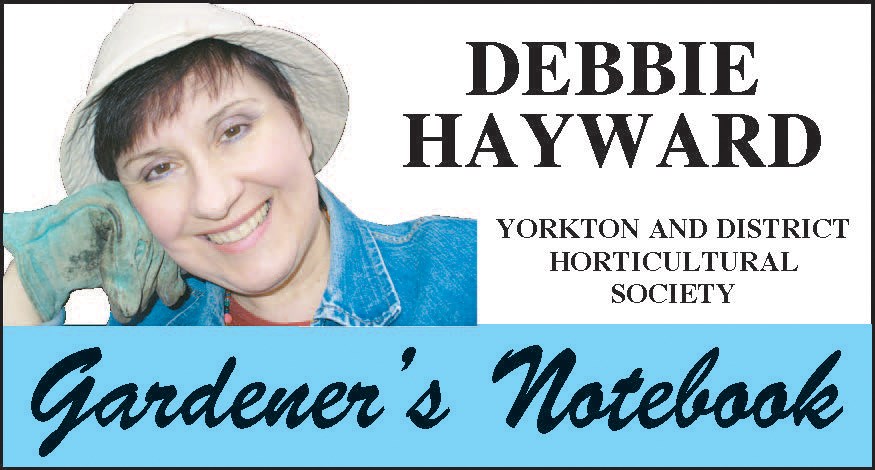Some very dear friends gave us a very interesting Christmas gift: two bottles of flavored camelina oil. While I had heard of camelina oil, I knew next to nothing about it, so time for some homework!
Camelina is an oilseed crop that originally comes from Northern Europe and Central Asia. The oil is pressed from the Camelina Sativa oilseed; the crop is an ancient one, part of the brassica family.
I learned that this crop and its oil was used until the 1940’s in Europe, but then higher yielding crops came along, and farmers began growing these other crops. But as in almost all things, there is now renewed interest in this ancient oilseed.
What does it have to offer the modern consumer? Camelina oil is mostly unsaturated oil, and it is high in omega three and omega six fatty acids. I know as soon as we see the word “fatty” we start to panic, especially at this time of year! But remember, omega 3 fatty acids are necessary for good health, and since out bodies can’t make them, we need to obtain them from outside sources in our diets such as fish oils, walnuts, and other oils.
Camelina oil is described as being ideal for salad dressings, spreads, and margarine, and a lovely choice because it is high in omega 3 and 6 fatty acids.
The oil was labelled “cold-pressed”. What does this mean? Oil is extracted from seeds or nuts by pressure that squeezes the oil out. If a seed is very hard, more pressure and friction is needed to obtain the oil. But from what I read, camelina seeds are soft, and so the oil can be extracted without all that extra pressure. To the consumer, this means that the lovely, delicate flavor of the oil is not affected.
The brand of camelina oil that we received was “Three Farmers”, so if you want to visit their website and read more about camelina oil, as well as other sustainable products, go to www.threefarmers.ca. There are also some exciting recipes on the site, and I look forward to trying the Camelina Roasted Potatoes: talk about yummy comfort food on a cold winter day!
If you are aiming to try more locally grown products in 2020, the start of a brand new decade, you will be heading down an interesting garden path. It’s exciting to see local products in the grocery store, and I applaud the stores that are opening up a venue for local producers of various products — much appreciated! How wonderful to look on the labels and see those products are made on the prairies or in Saskatchewan!
Whenever I see articles about “eat local” I always read them, but many are written by folks who live in much warmer climes than ours! It is not such a challenge or sacrifice to “eat local” when the location is a place that can grow things most of the year. It is a little different for us, and I know many of us don’t want to give up eating oranges, or having a cup of coffee or tea, or be able to enjoy many other things that are not “local” in the winter months.
But perhaps we should aim for the best balance we can, and support the growers and producers close to home who are being innovative with exciting products that we never even heard of ten years ago. We applaud their efforts!
The Yorkton and District Horticultural Society will be having their first meeting of 2020 on Wednesday, March 19. Meetings are always the third Wednesday of the month, 7 p.m. at SIGN on North Street. Visit us at www.yorktonhort.ca to see what’s “coming up”, and have a great week!



